Espacio del Hansik E:eum (한식문화공간 이음)
1.3Km 2025-05-28
Bukchon-ro 18, Jongno-gu, Seúl
New Seoul Hotel (뉴서울호텔)
1.3Km 2021-05-11
16, Sejong-daero 22-gil, Jung-gu, Seoul
+82-2-735-8800
New Seoul Hotel is conveniently located in central Seoul near City Hall, providing guests with easy access to shopping, sightseeing, and more. The guestrooms are outfitted with modern amenities for a comfortable stay, and the hotel has several dining, entertainment and convenience facilities such as a business center, a souvenir shop and men's sauna.
Vegetarian Restaurant Osegyehyang (채식요리전문점 오세계향)
1.4Km 2019-12-23
14-5 Insadong 12-gil, Jongno-gu, Seoul
+82-2-735-7171
Osegyehyang is a vegetarian restaurant location in Insa-dong, a street known for its traditional culture and crafts. It serves various dishes that cater to the needs of vegetarian customers.
Dialogue in the Dark (Sucursal de Bukchon) (어둠속의대화 북촌점)
1.4Km 2025-05-12
Gahoe-dong, Jongno-gu, Seúl
Yeonwoohouse [Korea Quality] / 연우하우스 [한국관광 품질인증]
1.4Km 2024-11-19
5-13, Bukchon-ro 12-gil, Jongno-gu, Seoul
Yeonwoo Guesthouse is a quiet and cozy traditional Korean guest house (hanok) located in Gahoe-dong, Jongnogu in Bukchon Hanok Village, a charming area crisscrossed with a labyrinth of old alleyways. As it is close to some of Seoul’s most famous tourist attractions, including Changgyeonggung Palace, Changdeokgung Palace and Gyeongbokgung Palace, many tourists from Southeast Asia and Europe book a stay here.
It consists of two cozy guestrooms, each equipped with a bathroom. Among the guest house’s many charms is the panoramic view of Bukchon Hanok Village from its rooftop, which can be reached by a ladder. It also boasts the beauty of a traditional Korean house during the daytime and a spectacular view at nighttime.
As it is an old hanok, the owner pays close attention to hygiene, and has the entire building regularly sterilized by a sanitary control company.
Darakjeong (다락정)
1.4Km 2021-03-26
131-1, Samcheong-ro, Jongno-gu, Seoul
+82-2-725-1697
Darakjeong has been popular for a long time because of the simple taste of its traditional Mandu (Korean stuffed dumpling). Since its opening in 1991, tasty soup and scrumptious Mandu have been served. A fist-sized Mandu is fully packed with seasoned meat, bean-curd, and various vegetables. Its thick dough makes it chewy and delightful. For one person, “Manduguk”(boiled dumpling soup) is a good choice. The delicious and nourishing taste of Mandu goes well with the sweet, spicy, and fresh taste of the soup. Manduguk is served in a brass bowl which keeps the food warm while eating. For a large-size group, “Mandujeongol” cooked with various vegetables in a casserole is recommended. There are two types of Mandujeongol that have different tastes. The main characteristic of “Kimchi Mandujeongol” is its spicy flavor, which reminds people of the refreshing taste of Kimchi soup, and “Tojang Mandujeongol” expounds on the savory taste of bean-paste soup. Tojang means folk soybean-paste. “Nokdujeon”(a Korean pan-fried dish with green mung bean) is another famous dish at Darakjeong, which is pan-fried with a very light seasoning to emphasize the original taste of Nokdu (green mung bean). Salted oysters with hot pepper are served with Nokdujeon instead of soy sauce, which is a perfect match.
Taller de Nudos Tradicionales Dongnim (동림매듭공방)
1.4Km 2021-08-19
Bukchon-ro 12-gil 10, Jongno-gu, Seúl.
Inaugurado en abril del 2004, el Taller de Nudos Tradicionales Dongnim expone todo tipo de accesorios decorados con nudos y también los materiales con los que se elaboran. El edificio del estudio es una casa tradicional hanok, y tiene en exposición reliquias antiguas, piezas reproducidas, nuevas elaboraciones creativas y fusionadas al estilo moderno, etc. También se realizan programas académicos llevados a cabo por discípulos cualificados del propietario Shim Young-mi.
Museo Kimchikan (뮤지엄 김치간)
1.4Km 2025-05-26
Insadong-gil 35-4, Jongno-gu, Seúl
Desde su fundación en 1986, el Museo Kimchikan ha expuesto las reliquias históricas relacionadas con el kimchi, los diversos tipos, maquetas de los procesos del preparado, e información sobre la eficacia derivada de su proceso de fermentación. Los visitantes aprenderán sobre el origen y la historia del kimchi a través de libros, pinturas y escrituras antiguas, y los diferentes tipos de vasijas almacenadoras de kimchi junto con los utensilios tradicionales de cocina que se utilizaban para prepararlo. También se exponen diferentes tipos de kimchi característicos en cada región de Corea y espacios para actividades.
Insadong Sagwanamu (인사동사과나무)
1.4Km 2021-03-29
24-1, Insadong 14-gil, Jongno-gu, Seoul
+82-2-722-5051
This is where you can dine on the outdoor terrace. This restaurant's signature menu is steak. This Western dishes restaurant is located in Jongno-gu, Seoul.
Rakkojae Seoul Bukchon Hanok Hotel [Korea Qaulity] / 락고재 서울 북촌 한옥호텔 [한국관광 품질인증/Korea Quality]
1.4Km 2021-10-27
49-23, Gyedong-gil, Jongno-gu, Seoul
The main building in Seoul is a traditional Korean cultural space renovated by Jeong Yeong-jin, a human cultural asset, from a hanok with a history of 130 years. Traditional flags, fences, pavilions, chimneys, and jangdokdae are holding the blue sky with pine trees, creating a harmonious Korean-style house. Passing through the elegant tall gate, as you see the jangdokdae, a small but clean hanok will be revealed, and the pine trees and bamboo trees added to the natural beauty, while the loving Gomusin placed on the stone brings back beautiful memories.
Rakkojae is a place where the customs of the aristocrats in the past are melted in various places, creating a wonderful atmosphere by carefully reviving the pavilion, ponds, and daecheongmaru. Especially, Daecheongmaru adds the beauty of the margins of hanok to give you a sense of refreshment. As the old scholars did, sitting on the pavilion makes the time flow slow and the wind that passes over the Sotdae feels special.
In addition, you can experience the beauty of Korean tradition with various programs such as tea ceremony, jjimjilbang, royal robes, and kimchi-making along with traditional Korean food. Rakkojae's accommodation, reminiscent of a nobleman's house in the Joseon Dynasty, is well-kept and comfortable that it is comparable to a luxury hotel, and the natural jade-covered ondol rooms and firewood jjimjilbangs made of cheongito provide a healthy journey for many guests.

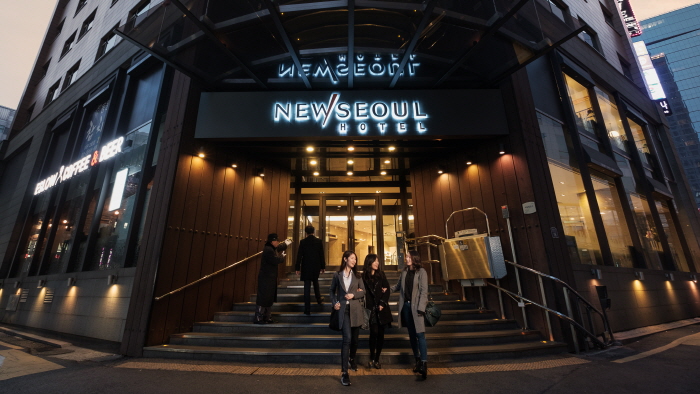
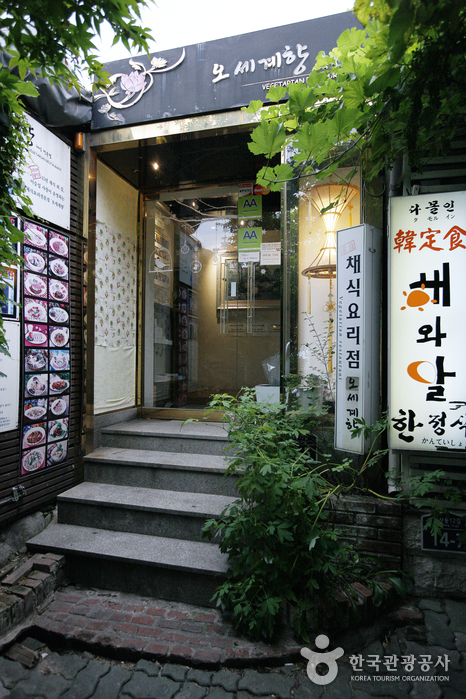
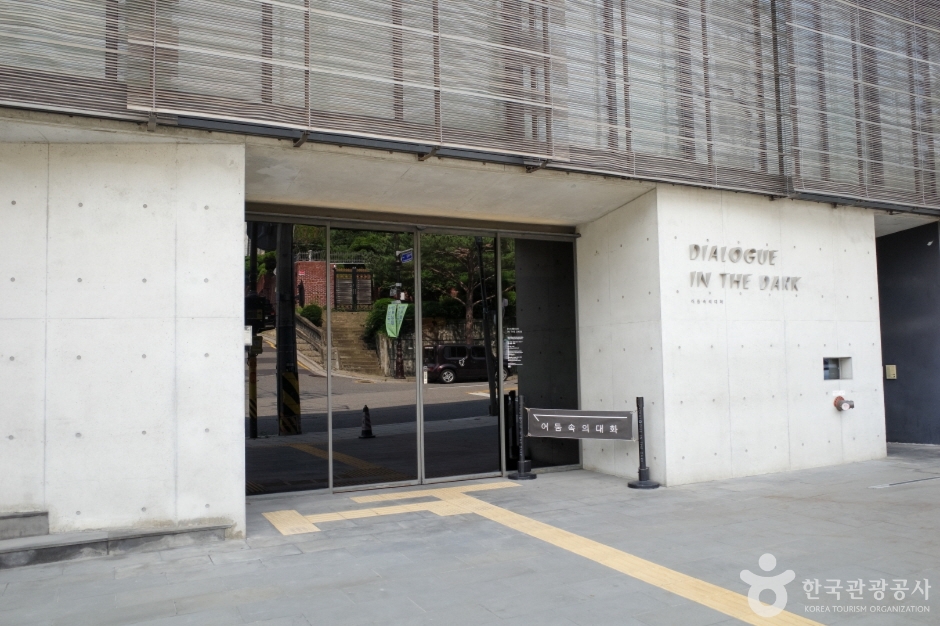
![Yeonwoohouse [Korea Quality] / 연우하우스 [한국관광 품질인증]](http://tong.visitkorea.or.kr/cms/resource/83/2557483_image2_1.jpg)
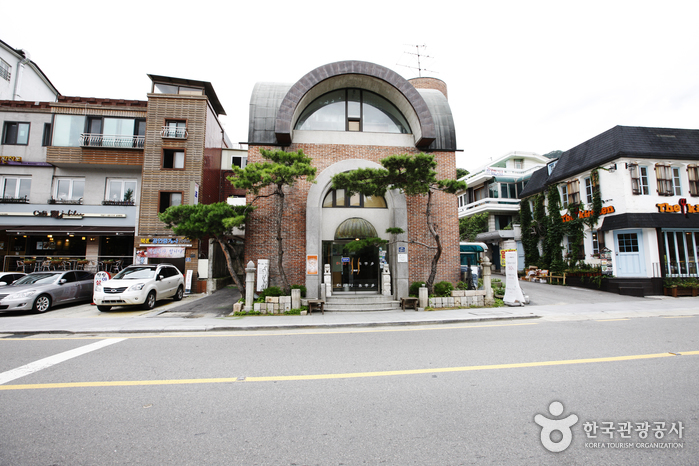
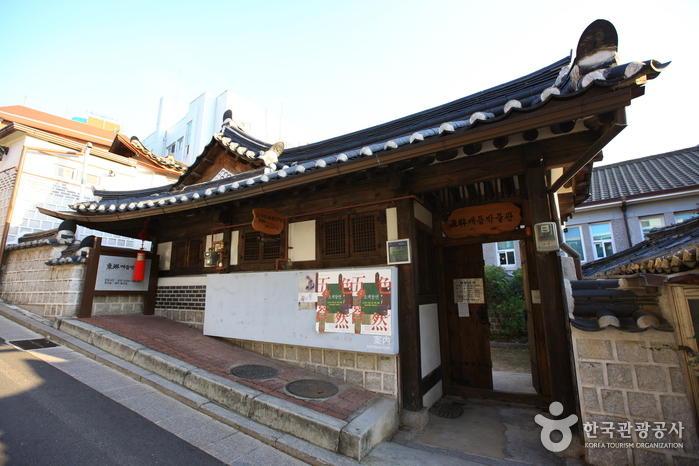
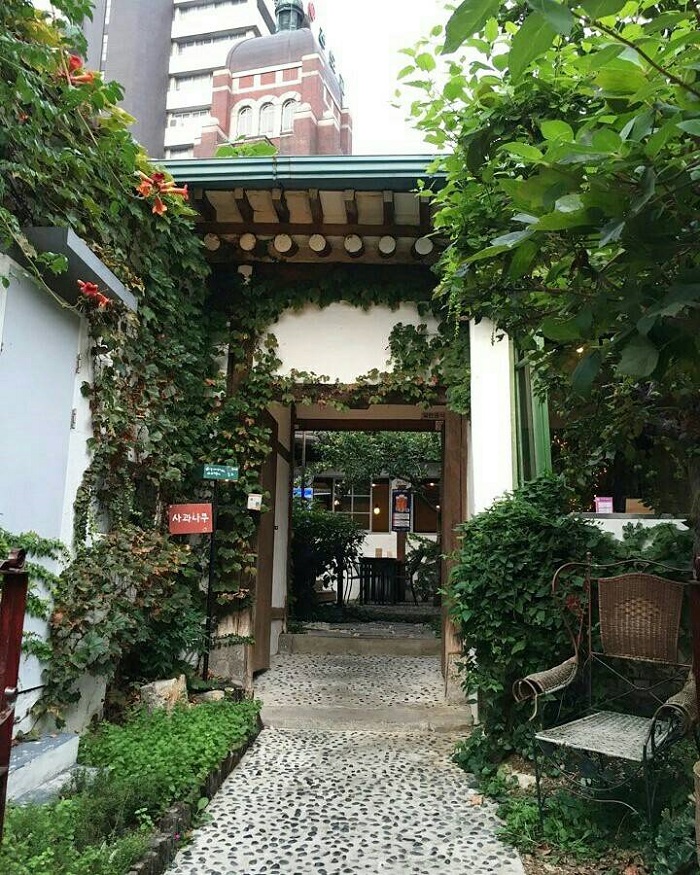
![Rakkojae Seoul Bukchon Hanok Hotel [Korea Qaulity] / 락고재 서울 북촌 한옥호텔 [한국관광 품질인증/Korea Quality]](http://tong.visitkorea.or.kr/cms/resource/40/2698240_image2_1.jpg)
 Español
Español
 한국어
한국어 English
English 日本語
日本語 中文(简体)
中文(简体) Deutsch
Deutsch Français
Français Русский
Русский